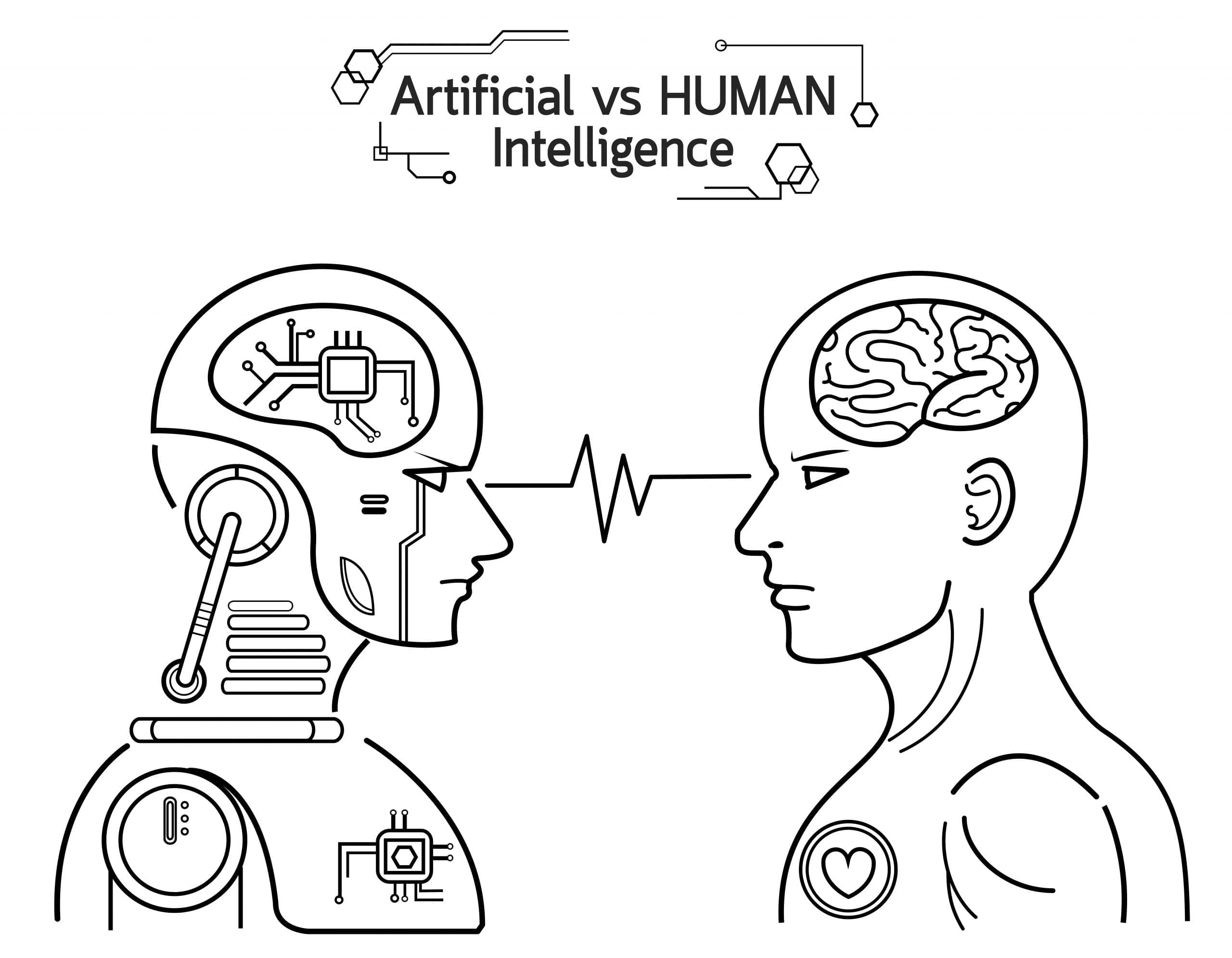Artificial intelligence (AI) has long been the focal point of dystopian science fiction. Popular books and films foretell futures with machines and robots capable of doing anything and everything the imagination can conjure. Today, more than half of voting Americans believe AI is “at least somewhat of a threat to the human race.”.
Of what artificial intelligence is and what it is capable of, is far from any dystopian views. While AI certainly has the potential to revolutionize society, it will do so within the reigns of its programmers by transforming the way tasks are performed.
Misconception #1: “Intelligent machines can learn on their own”

The widespread belief that AI is synonymous with a “conscious” or “thinking” robot is a common misconception. “What AI has the ability to do extremely well is see, understand patterns, predict future patterns, look for insights, and optimize,” explains Daryl Cromer, VP at Lenovo’s Research Lab. “However, it cannot create its own programming.” Basic AI has two components.
Firstly, it contains a fundamental algorithm written by programmers. This algorithm is designed to learn from a set of training data how to recognize the object or situation the data represents, and then to respond accordingly to its programming when faced with new data.
The second component of AI is the set of training data. In picking this process apart, we recognize that technology with artificial intelligence can only execute the specific actions it is programmed to. “The AI machine trained to play GO, could not play chess,” Cromer continues. “[The AI machines] are hardwired to do one thing very well.” Technology has not yet advanced to the point, and may never do so, where AI machines can create original programs on their own.
Misconception #2: “AI is something that should be feared”
Artificial intelligence machines carry out the tasks that humans tell it to—the only thing that makes them fundamentally different from regular machines is their ability to learn, without explicit human interaction, how to accurately act and respond when presented with new and relevant data.
A major complication of training AI is collecting accurate sets of training data to feed into the program. Hypothetically, an AI algorithm designed for a self-driving car might mistake certain red stop lights for green stoplights due to the input of an inaccurate data set. The AI would have no way of knowing it is making a mistake—it is simply acting upon the rules given to it by the combination of its fundamental algorithm and training data. “If an AI algorithm is way off,” says Cromer, “that’s because it lacks common sense.”
Although a machine that lacks common sense might seem to be something to be afraid of, it actually could be a vital reason why AI is not something that should be feared. Any action an AI machine takes must be programmed by humans, and it follows that any mistake an AI machine makes is first a human mistake.
Providing accurate training data to an AI algorithm is a difficult goal that generally requires at the least a team of brilliant data scientists to reach, but there is nothing about an AI machine that should be feared.
The rates at which artificial intelligence can learn and perform tasks can be intimidating, but AI still requires humans to code its algorithms and compile data sets from which it can learn from.
Misconception #3: “AI Will Take My Job”

Another common misconception about the evolution of AI is that such machines will rapidly take over jobs. While no one can say for certain the definitive impact artificial revolution will have on society, Cromer reassures us that we have nothing to worry about.
“If you think about any revolution to date —the Industrial Revolution, the computer revolution—any of these, there are winners and losers,” Cromer states.
“New jobs are created, and some jobs are replaced. AI will do the same thing.” Although some jobs are being automated by AI, there will always be new jobs created to design, manufacture, and maintain these machines.
The AI revolution is real and exciting, but the portraits of the future portrayed by popular fiction, is just that—fiction. In reality, artificial intelligence will revolutionize the world by improving the efficiency and accuracy of devices through removing human error by minimizing human interaction.
Just a few examples of areas in which AI is being applied include quality defect detection and predictive maintenance in manufacturing, collecting relevant information from medical images in order to diagnose patients, algorithmic trading and fraud detection in financial services, and loss prevention in retail stores.
The applications of artificial intelligence are nearly endless, and our imaginations very well might be the limit. But if current developments in artificial intelligence have any indication of future trends, we need to limit our imaginations to exclude dystopias, and we should all be optimistic for the future.
